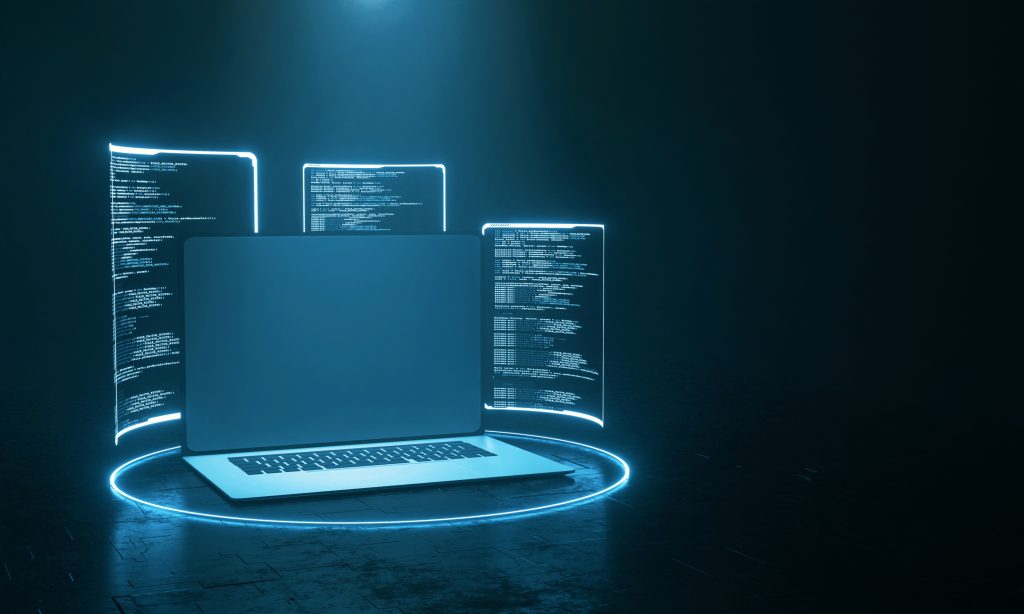
1. Introduction
1.1. Total Cost of Ownership (TCO) Overview
The Total Cost of Ownership (TCO) of a software solution encompasses more than just the initial purchase price. Key facets of TCO are:
- Initial acquisition costs
- Implementation expenses
- Ongoing maintenance and support costs
TCO complexity arises from elements like user count, functionalities, customization, and diverse vendor pricing strategies. Hidden costs – such as inertia, upgrades, multilingual/global needs, and data protection – should also be on your radar.

1.2. Ongoing Maintenance and Subscription Fees
Many software solutions necessitate ongoing fees for service access, updates, and customer support. Proper budgeting for these fees is integral for cost-effectiveness.
1.3. Cost Management and Optimization
By understanding and effectively managing software expenses, you can reduce TCO and optimize costs.
2. Importance of Understanding Hidden Costs
2.1. Decision-Making Impact
Awareness of ongoing maintenance or subscription fees is key as they impact operational budgets over time. Remember: Low upfront cost + high ongoing fees = potential high TCO. Use analytical tools to aid in cost-effective decision making.
2.2. Long-Term Consequences
Consider scalability and changes in working practices when projecting the impact of user count on recurring costs. Be aware that not maintaining software or letting the subscriptions lapse can result in financial penalties or security vulnerabilities. Non-compliance with software licenses can also lead to legal implications.
3. Initial Acquisition Costs
3.1. Purchase/Lease Price
Factors affecting software cost
Several elements can drive software pricing, which include:
- Type of software license: licenses can be perpetual, subscription, or usage-based, each impacting the cost differently.
- Nature of the software: specialized and robust software often come with higher development and ongoing maintenance costs.
- Pricing model from the software vendor: vendors can greatly influence the cost of software.
- Number of users: volume discounts can help offset the cost of additional users.
- Associated costs: hidden costs such as installation, configuration, training, support, and ongoing maintenance affect the Total Cost of Ownership (TCO).
- Risk of non-compliance: mismanaging software licensing costs can result in audits, fines or software asset management issues.

Negotiation strategies
When acquiring software, it’s beneficial to negotiate favorable deals using these strategies:
- Understand the pricing models: Prior knowledge of the pricing models can help in selecting the appropriate model that best suits your needs and budget.
- Assess the value of the software: Consider the return on investment (ROI) and how it improves productivity and reduces costs.
- Flexibility of the vendor: Will they customize the service according to your needs?
- Maintain good relationships with vendors: This approach can lead to more favorable terms.
- Consider usage levels of different users: Acquire licenses that match the usage pattern of each user in your organization for cost-efficiency.
With these strategies and an understanding of software monetization models, you can optimize ongoing costs and make the most out of your software investments.
3.2. Implementation Expenses
Deployment planning
Deploying new software across your business demands a strategic approach. This covers:
- Productivity: By anticipating potential pitfalls in a structured and timely plan, you can minimize the impact on your team’s output.
- Budget Management: Well-conceived planning helps prevent any surprise costs that might stem from training or unexpected technical support.
- Audit Readiness: Deployment planning prepares your company for software audits, presenting a clear record of the software’s flow within the organization.
- Customization and integration: Tailoring the software to the unique needs of the organization ensures smooth changeover and ensures compatibility with existing systems.
Note: Deployment planning plays a vital role in optimizing software costs.
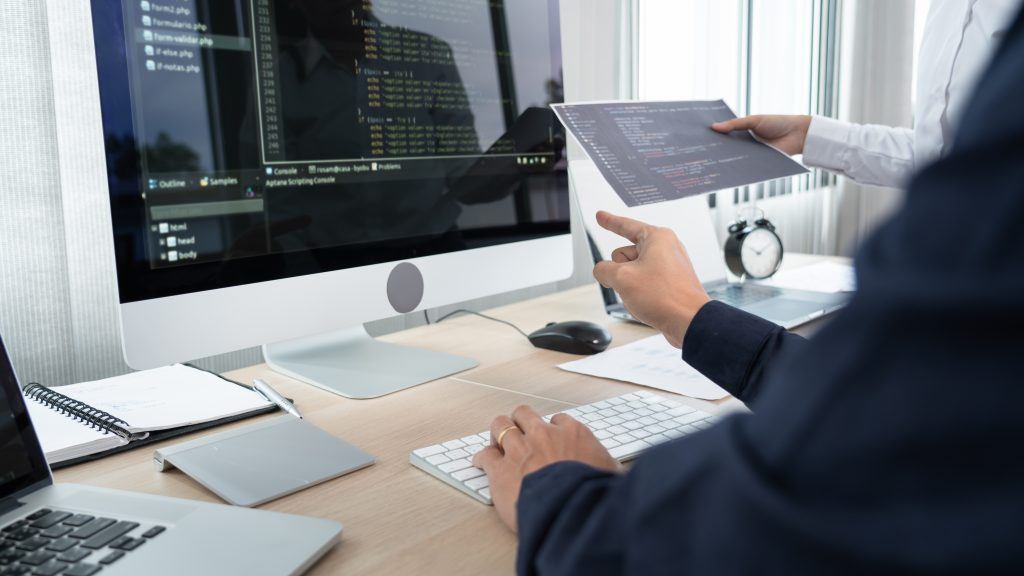
Training costs
Training expenses are an often-overlooked facet of software implementation. Things to consider are:
- Exact Costs: Most vendors offer essential training but might charge for advanced or ongoing sessions.
- Indirect Costs: These include lost productivity while employees are being trained.
Remember, well-trained employees contribute to the successful deployment of software.
Customization fees
Customization of software to align with your specific needs and workflows can incur varying costs. Here are key takeaways:
- Success Factor: While portrayed as optional, customization can actually contribute significantly to the success of software deployment.
- Long-term Costs: Costs can stack up from ongoing maintenance and support for software changes.
- Billing: Customization costs are often billed separately from implementation fees. Make sure to factor them in your TCO.
4. Ongoing Maintenance and Support Costs
4.1. Ongoing Maintenance
When considering software ownership, one might wonder: “Are there ongoing maintenance or subscription fees associated with software?” This question touches upon a vital aspect of software cost management, which includes both upfront costs and ongoing requirements.
Let’s explore the key areas:
- Regular updates and patches: Not just additional features, these are critical components for security and functionality optimization.
- Bug fixes and enhancements: These are essential for stable software operation and improved feature compatibility.
Regular updates and patches:
Regular updates and patches, which you might need to bear the cost for, factor into the TCO (Total Cost of Ownership) of the software. They serve as crucial investment as they contribute to making your software more long-lasting and reliable.
Key Points
- They enhance the performance of your software
- Patches address issues recognized after the initial software release
- They provide an added protection layer against threats
- Updating them regularly is critical and neglecting them could leave your system at risk
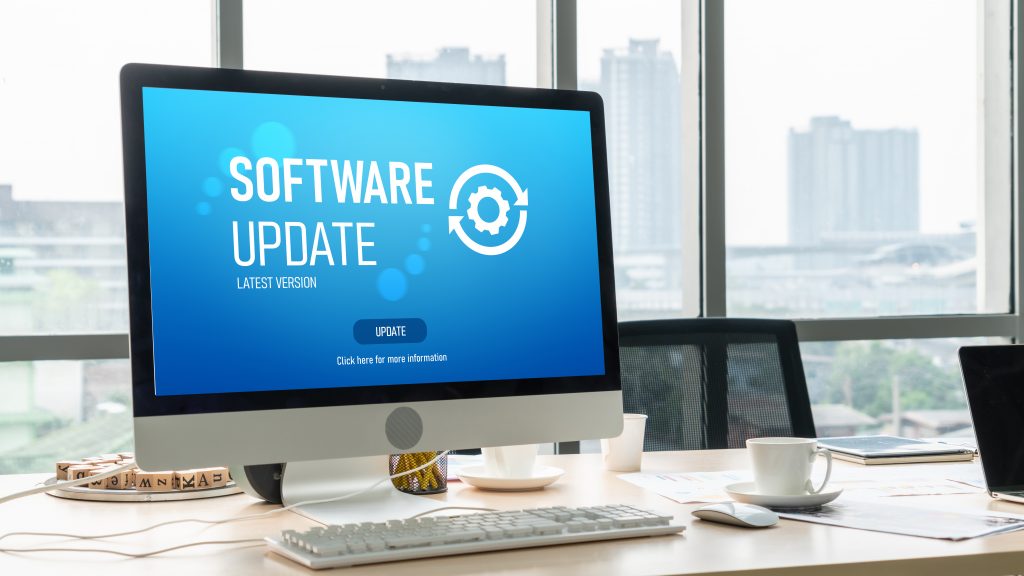
Bug fixes and enhancements:
Regular ongoing maintenance, such as bug fixes and enhancements, is needed to keep the software running smoothly. While some of these costs are covered in the standard ongoing maintenance agreement, some might come at an extra charge.
Key Points:
- They solve issues like crashes, freezing, and other errors
- Enhancements keep the software current and user-friendly
- Bug fixes and enhancements could potentially save significant company resources and time in the long run
Together, understanding these aspects will form a more holistic view on ongoing software costs and assist in effective budget planning.

4.2. Technical Support
Investing in software goes beyond the initial purchase price. There are ongoing costs such as maintenance, support, and subscription fees, along with hidden expenses. Understanding these costs enables better budgeting, decision-making, and cost optimization.
“Total Software Cost of Ownership encompasses acquisition, integration, and ongoing costs, with potential hidden charges thrown into the equation.”
In-house vs. outsourced support
- In-house support benefits: company knowledge, immediate resource access, faster problem-solving, but comes with additional overheads like recruitment, training, and salaries.
- Outsourced support benefits: expertise in specific software applications, potential 24/7 support, cost-saving opportunities, but involves less control over service delivery and possible communication barriers.
Response time and service level agreements (SLAs)
Response time and service level agreements (SLAs) in software maintenance contracts are critical.
- Service level agreement: entails services involved, service standards, performance guarantees, agreement duration, and respective obligations. It specifies guaranteed response times for issue handling.
- Response times: swift resolution is needed during service interruptions to avoid damaging reputation due to missed customer deadlines.
- Customer support: exceptional customer support can be decisive. Vendors demonstrating readiness to navigate solutions and accommodate needs, offer strong support.
- Managing software: ongoing process, requiring continuous support. Vendors with well-defined response times and comprehensive SLAs play a supportive role.
- Negotiation: being proactive and negotiating with software vendors for suitable deals is vital.
Software License Management (SLM) solution helps map licenses and their respective SLAs, providing easy access to contractual obligations and maintenance metrics.
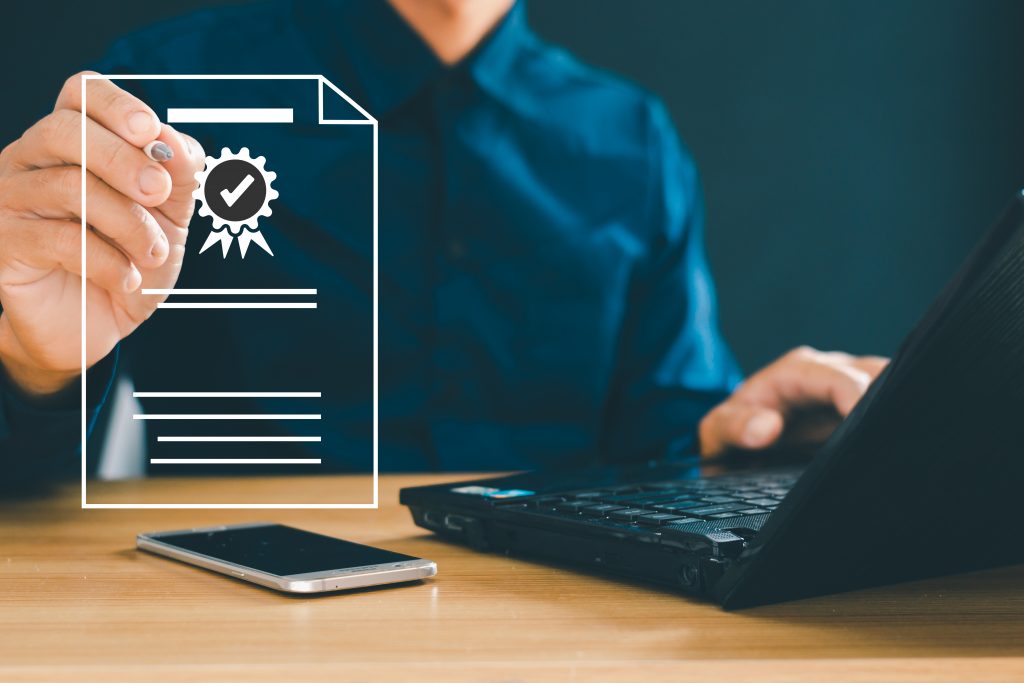
4.3. Infrastructure and Hosting
Server Maintenance
Key Points:
- Server maintenance is multifaceted, encompassing application updates and security audits.
- Regular server upgrades may incur additional costs. Always evaluate your software contract or consult your vendor about these possible expenses.
- High standard server upkeep is vital for peak software functionality, especially with mission-critical applications.
Cloud Service Fees
Main considerations:
- Cloud service providers usually offer a subscription-based model, charging fees based on usage, users and device numbers. Be aware that increased usage can result in growing costs.
- Data storage limits on your cloud services may cost extra, especially if your software generates or processes large amounts of data.
- Review the terms of service carefully—understand the procedures for cancellation and fee recovery in case of a service change or termination.
- A careful cost-benefit analysis is essential before deciding on cloud hosting. This should consider your business needs, budget, and how crucial the cloud-based features are to your operations.

5. Hidden Costs
Undeniably, software ownership has costs beyond the upfront price tag. These ‘hidden’ costs play a vital role in managing budgets effectively. This informative piece aims to shed light on these aspects by demystifying the real cost of software ownership. But, remember:
“Comprehending software costs is not just about budgeting but also about making informed decisions that upturn the software’s utility.”
Let’s explore:
5.1. Inertia and Lack of Upgrades
Several factors make software costs intricate:
- Productivity Impact: Software should enhance employee efficiency, as any hindrance could affect productivity.
- Customer Service Quality: The quality of your customer service depends on the software tools, making it essential for gauging associated ongoing costs.
- Market Competitiveness: Advanced features in your software can provide key insights into market trends and customer behavior, subsequently improving competitiveness.
- Cloud Accessibility: The demand for remote-accessibility due to changing work environments makes cloud-based software an essential choice.
5.2. Multilingual and Global Considerations
Software costs can fluctuate based on:
- Geographical location: Variables like regional pricing strategies, taxation systems, and local market dynamics may affect your expenses.
- Regulatory Compliance: Each region may have a unique set of laws and regulations that the software must adhere to, affecting both the complexity and cost of software maintenance.
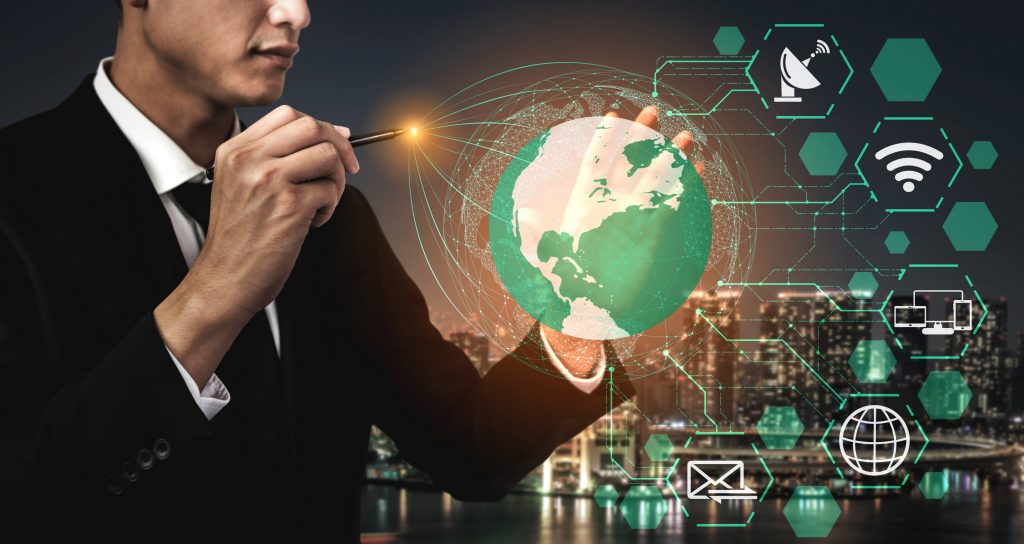
5.3. Security and Data Protection
Security and data protection play a vital role in software ownership, concerning:
- Software Management: Ongoing monitoring is crucial for averting potential crises and minimizing risk.
- Privacy Compliance: Adherence to data protection laws like GDPR and CCPA is necessary to avoid heavy fines and retain the trust of users. This compliance should be factored into the software’s total cost.
6. Subscription Fees
Addressing the concern for ongoing maintenance and subscription fees, let’s unveil their nature, how they come about, and how they affect your total software investment. Additionally, we’ll discuss ways to control these costs efficiently.
6.1. Understanding Subscription Models
SaaS vs. Traditional Licensing
In terms of ongoing costs, software as a service (SaaS) operates on a subscription basis, while traditional software licensing involves a one-time purchase. Evaluating the right choice involves understanding your budget, usage pattern and cost preference.

Predictable vs. Variable Costs
Predictable costs are fixed, whereas variable costs fluctuate based on usage or other factors. Understanding your cost structure aligned with consumption and financial patterns helps optimize spending.
6.2. Evaluating Long-Term Commitments
Considering software investments, it’s crucial to understand the potential risks of long-term contracts aka lock-in risks. On the other hand, subscription models offer flexibility and scalability, making it easier to match growing needs.
- Security Vulnerabilities: Subscription-based software vendors usually have dedicated teams to address potential risks, patching up vulnerabilities frequently. However, organizations should verify the vendor’s security protocols and demand software performance guarantees.
- Cost-Efficiency & Licensing: Software licensing is a considerable expense for businesses. Opting for comprehensive licensing solutions like Revenera can ensure cost-effective spending. However, free and open-source software, while cost-effective, might require more management expertise.
- Agility: Subscription-based software solutions enhance agility and adaptability, enabling businesses to adapt to rapidly evolving markets. Evaluating software based on its ability to maintain agility and improve productivity is crucial for managing ongoing costs.
7. Best Practices for Cost Management
Software maintenance, subscription fees and cost management are crucial parts of software investment. It’s vital to understand how to optimize these for an efficient budget allocation.
7.1. Benchmarking
- Comparative Analysis: Evaluate your costs in relation to industry standards.
- Optimization: Identify areas to improve cost-efficiency through usage analysis and appropriate license adjustments.
- Negotiation and Analytics: Use data analysis to inform negotiations with suppliers for better pricing.
- Additional Costs: Factor in costs beyond the purchase price such as installation, training and ongoing maintenance for budgeting accuracy.

7.2. Lifecycle Planning
- Evaluating Software Performance: Regularly assess if the software meets your business needs.
- Preparing for Software Audits: Ensure compliance with software licenses and find opportunities for cost reduction.
- Budget Allocation for Upgrades: Include potential software updates and patches in your budget planning.
7.3. Vendor Relationships
- Negotiation: Strive for licensing deals that match your business goals and budget.
- Cost-efficiency: Opt for value-for-money options considering all possible fees.
- Flexibility: Choose agreements that support changes in your business model.
- Protection: Ensure legal liability coverage for software issues.
8. How Much Should You Expect to Pay for Ongoing Software Maintenance or Subscription Fees?
Estimating the cost for ongoing software maintenance or subscription fees involves considering several variables ranging from software type to pricing model.
Here’s a brief gist:
- Software type and pricing model: Costs for software licensing, either one-time or subscription-based, significantly differ based on the product and its pricing model.
- Annual licensing and discounts: Annual software license prices have remained stable since October 1, 2021. Many vendors offer multi-year prepayment discounts, such as 7% off for two-year licenses and 12% for three-year licenses.
- Shift towards subscription licenses: Firms like Frontline Systems have transitioned from perpetual to subscription licenses, highlighting the IT landscape’s evolving nature.
- Difference between perpetual and subscription licenses: While perpetual licenses are non-expiring, subscription licenses renew annually, typically including support and updates.
In conclusion, although the cost of software ongoing maintenance and subscription fees are significant factors in your IT budget, it’s essential to understand their nature and implications to manage finances effectively.

9. How Can Companies Optimize Their Ongoing Costs?
Effectively managing ongoing software costs is a cornerstone of financial health and directly affects your company‘s profits. Here are a few key strategies to optimize these expenses while maximizing software value.
9.1. Regular Auditing
- Routine software audits: Understand the utility of your software and identify underused or unnecessary applications. This can translate to significant cost savings through the reduction of software licenses.
- Align software usage with appropriate licenses: This can yield a more value-oriented recurring fee. For example, consumptive licenses can be beneficial for heavily used software.
9.2. Keeping an Eye on User Scaling
- User count monitoring: Software cost can be significantly impacted by the number of active users. Regular review of active users and corresponding license subscriptions can result in substantial savings.
- Planning for future scaling: Keeping an accurate forecast can help avoid sudden cost fluctuations. Factors like rapid growth or downsizing can quickly impact software requirements and costs.

9.3. Vendor Negotiations
Effective negotiation with vendors can lead to flexible pricing options aligned with your budget and business needs. A win-win agreement often entails discounted pricing for long-term commitments.
9.4. Opting for Bundles
Consider vendor-offered software bundles. These can function seamlessly together and tend to be more cost-effective than individual purchases.
9.5. Training to Reduce Support Costs
- Invest in training: A well-trained team reduces dependence on technical support, leading to cost savings.
- Improved productivity: Efficient usage of the software can streamline operations and subsequently increase productivity.
To conclude, proactive software cost management can significantly contribute to budget sustainability. Monitoring your software expenses facilitates financial control, paving the way for a sound financial future.
| Software Expense | Average Annual Cost | Cost After Optimization | Savings |
|---|---|---|---|
| Software Licensing | $60,000 | $40,000 | $20,000 |
| Software Maintenance | $20,000 | $10,000 | $10,000 |
| Infrastructure and Hosting | $30,000 | $20,000 | $10,000 |
| Technical Support | $25,000 | $15,000 | $10,000 |
| Total | $135,000 | $85,000 | $50,000 |
The above information was derived from internal records and is representative of an average midsize organization’s software expenses. For a detailed understanding and customized solutions to optimize your company’s software expenses, we recommend contacting software operations professionals or scheduling a consultation with our team of experts.
10. Conclusion
Assessing the true cost of software ownership goes beyond its initial charges. The aim is to balance immediate expenses with long-term benefits and optimize software investments by considering all aspects of ownership.
Operational Expenses
- Impact: Operational expenses, like maintenance, upgrades, and support, can sometimes exceed the software’s initial prices.
- Importance: These ongoing costs form part of the Total Cost of Ownership (TCO), which must be evaluated alongside the software’s purchase price.
Optimizing Ongoing Software Costs
- Risk management: Optimizing costs involves minimizing risks related to software licensing. An unmanaged licensing scenario can inflate expenses, nullifying the savings from upfront costs.
- Proactive approach: Active control over software application operations is essential for a favorable cost impact.
Software Licenses and Vendor Relationships
- Strategic relationships: Fostering strong vendor relationships aids in simpler license agreements and develop terms that benefit your organization.
- License optimization: Positive vendor relationships can lead to innovative licensing strategies that cut costs and mitigate legal risks.
- Power of licenses: As software licenses dictate user adoption and utilization, their optimization can offer significant cost advantage.
12. Frequently Asked Questions for Ongoing Maintenance and Subscription Fees
Ongoing maintenance fees in a software license typically cover the costs for regular updates, software upgrades or enhancements, and bug fixes. This often includes technical support and other services for addressing any issues or vulnerabilities with the software.
Subscription fees in software licensing are recurring payments made by the user for continuous access to a software product. These fees generally include access to regular updates and upgrades, alongside routine maintenance and technical support. The subscription model offers a predictable cost structure, often billed on a monthly or annual basis.
A one-time fee for software licensing is a single upfront payment to purchase the software for indefinite usage. This typically includes basic maintenance and support for a limited time. However, a subscription plan involves smaller recurring payments that grant access to the software for a specified duration, often including ongoing maintenance, support, and regular updates.
Software license costs often vary based on the number of users and devices. More users and devices typically mean higher licensing fees due to increased usage of resources and support services. It’s important to keep this scaling aspect in mind while budgeting for software acquisition and maintenance.
Consumptive licenses are a type of software license that involves recurring fees based on product usage. This means that the costs are directly related to the value gained by the customer, which necessitates more management oversight from both ends to ensure fair billing and usage.
Many companies, such as Frontline Systems, have transitioned from offering permanent licenses to subscription licenses in response to rapid changes in technology. This model allows for easier adaptation to these changes, as it enables continuous software updates and upgrades. It also offers a more sustained revenue flow for the software provider and predictable costs for users.


